On Tuesday, former Supreme Court Justice John Paul Stevens published an op-ed in The New York Times calling for repealing the Second Amendment, banning civilian ownership of semi-automatic weapons, and raising the minimum age to buy a gun from 18 to 21 years old.
Stevens was inspired to write his piece by the “March for Our Lives,” which he praised as a uniquely impressive example of “civic engagement” that “demand[s] our respect.” Never mind that the central message of the march was that Second Amendment supporters are corrupt, money-grubbing child-murder supporters who love guns more than saving people’s lives. We need to respect them, apparently.
However, Stevens was not merely enamored with the event’s optics. He also saw the march as having a much greater significance. Namely, he believes that the march was proof that most Americans support a wide range of extremely restrictive gun control measures that would necessitate the confiscation of tens of millions of firearms. Speaking about Saturday’s nationwide demonstrations, Stevens said [emphasis mine]:
They reveal the broad public support for legislation to minimize the risk of mass killings of schoolchildren and others in our society.
That support is a clear sign to lawmakers to enact legislation prohibiting civilian ownership of semiautomatic weapons, increasing the minimum age to buy a gun from 18 to 21 years old, and establishing more comprehensive background checks on all purchasers of firearms.
Stevens then clarified that these measures would not be enough to ensure the long-term success of the "March for Our Lives" crowd’s agenda. In order to both secure their gains and push civilian disarmament even further, Stevens recommended that “the demonstrators should seek more effective and more lasting reform. They should demand a repeal of the Second Amendment.”
Recommended
Normally, it would be refreshing to hear an anti-gun argument that is honest enough to admit that the second cornerstone of the Bill of Rights does indeed present an impediment to gun control advocates’ objectives. However, in this case, Stevens does not really believe this.
Instead, as he went on to clarify for most of the rest of his article, Stevens thinks that the Second Amendment was only supposed to allow for state militias and does not set any limits on federal or state gun control measures. As Stevens put it himself in the NYT piece:
For over 200 years after the adoption of the Second Amendment, it was uniformly understood as not placing any limit on either federal or state authority to enact gun control legislation. In 1939 the Supreme Court unanimously held that Congress could prohibit the possession of a sawed-off shotgun because that weapon had no reasonable relation to the preservation or efficiency of a “well regulated militia.”
What Stevens fails to mention here is that restrictions on Second Amendment rights that were supported by American politicians for the first hundred years of our country’s existence frequently consisted of laws explicitly disarming slaves or free black people [emphasis mine]:
One month after the Confederate surrender in 1865, Frederick Douglass urged federal action to stop state and local infringement of the right to arms. Until this was accomplished, Douglass argued, “the work of the abolitionists is not finished.”
Indeed, it was not. As the Special Report of the Paris Anti-Slavery Conference of 1867 found, freedmen in some southern states “were forbidden to own or bear firearms, and thus were rendered defenseless against assault.”
(…)
Because of the 14th Amendment, gun control laws now had to be racially neutral. But states quickly learned to draft neutrally-worded laws for discriminatory application. Tennessee and Arkansas prohibited handguns that freedmen could afford, while allowing expensive “Army & Navy” handguns, which ex-Confederate officers already owned.
The South Carolina law against concealed carry put blacks in chain gangs, but whites only paid a small fine, if anything. In the early 20th century, such laws began to spread beyond the ex-Confederacy. An Ohio Supreme Court Justice acknowledged that such statutes reflected “a decisive purpose to entirely disarm the Negro.”
(…)
After the thwarted lynching in Florida, the state legislature enacted a law requiring a license to possess “a pistol, Winchester rifle or other repeating rifle.” A Florida Supreme Court Justice later explained: “the Act was passed for the purpose of disarming the negro laborers” and “was never intended to apply to the white population and in practice has never been so applied.”
With this sort of sterling history for gun control advocates to look back on, it’s no wonder that they typically revert to vague generalizations to support their arguments.
Echoing the comments of former Supreme Court Chief Justice Warren Burger, Stevens concluded his op-ed by claiming that even though the NRA’s arguments in favor of an individual right to keep and bear arms are “one of the greatest pieces of fraud… [perpetrated] on the American public by special interest groups that I have ever seen in my lifetime,” the group’s effective use of the Second Amendment as a legal tool necessitates that it be done away with entirely.
Stevens’s call today to “repeal the Second Amendment” makes for the third time that the Times has done so in less than a year, as NYT columnist Bret Stephens’s two previous pieces (here and here) to that effect can attest.

















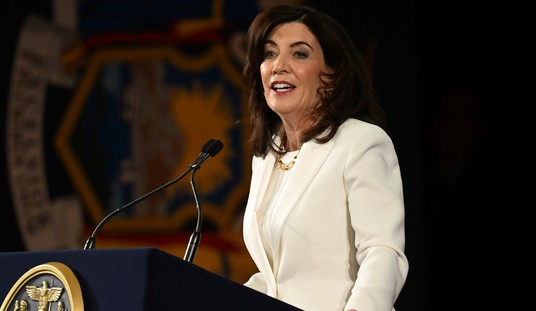

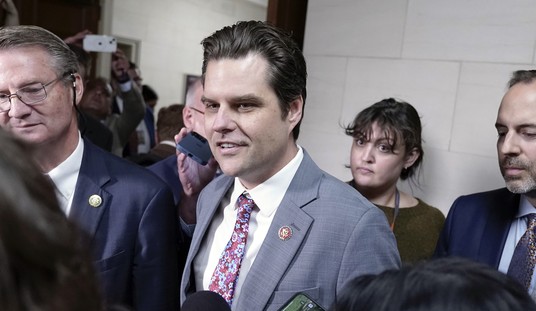
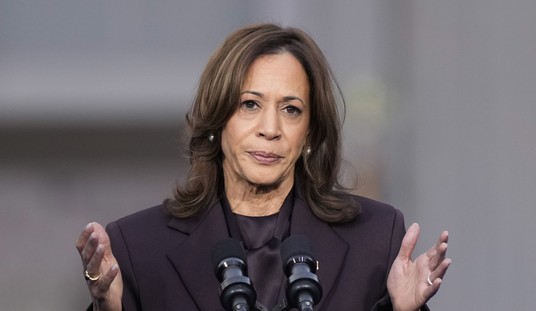
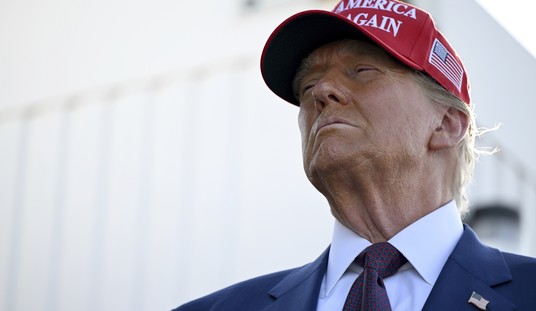
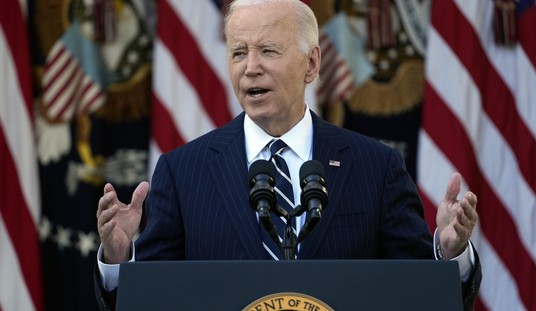

Join the conversation as a VIP Member